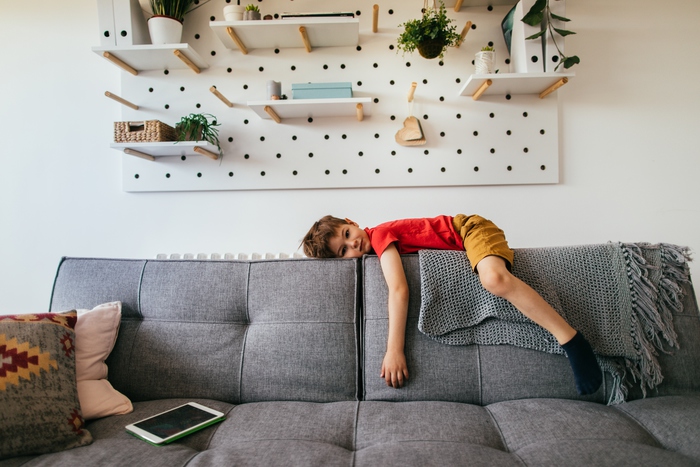Are our children, including teenagers, no longer moving? 'Calibrated' by mother nature to run and jump continuously, today less than 60 minutes a day are unleashed and they have lost a good dose of reflexes, muscle fibers, endurance and strength that the older generations possessed at their age. "We are in sports illiteracy, which means that children have lost confidence, competence and motivation in doing physical activity with interest and enthusiasm, modern kids no longer have live silver on them" - reads a new report published in the summer issue of the Journal of the american college of sports medicine.
What does the physical illiteracy that children suffer from today translate into? Lack of confidence, competence and motivation to engage in significant physical activities with interest and enthusiasm that remain throughout life. This negative approach will avoid non-essential physical confrontations, even simple group games at parties, to avoid failure and humiliation. “Without regular learning and practice opportunities in a progressively demanding environment, young people may be less and less willing to play outdoors with friends or be part of a local sports team, for example. It is not enough to start making them move those fateful 60 minutes a day, which are also little for them, and it is unlikely that young people who are physically illiterate will acquire the knowledge, skills and understanding to participate in a variety of sporting and sporting activities without education, guidance and encouragement from parents, qualified teachers and communities, ”explains the analysis.
The 'lying down' are rampant and the reproaches of the families are therefore not enough to detach the children from the screens and accompany them to the gym, swimming pool or football. Listen to the recommendations of doctors and the health awareness campaigns undertaken in commercials by the institutions. It takes a change of pace and the first to do so should be families, closely followed by schools and the whole community. The new key to solving the pandemic of physical illiteracy that infects the new generations lies in looking at the social and no longer medical aspect. And shake off the clichés that make us make bad choices with our children.
Let's look at the house: how many set an example? Let's look at school: how does gymnastics run, when does it take place? Let's look at their friends, peers, social groups: sedentaryness is rampant. Let's look at the community: how much cities and towns let children and teenagers play freely and safely in the courtyards, squares and streets? The authors of the report invite us to get busy and also remind us of the main (wrong) beliefs about sports for children, with some general indications:
False beliefs about sport for children
"My son doesn't play sports but the kids have bright silver on them, they never stay still." MISTAKEN. They move less than 60 minutes a day.
"Sports skills decrease with age". WRONG, the principle was valid once. Today young people are already leaving with limited physical abilities. They get tired first.
"Children are born already gifted, just give them a ball and you'll see that kick" WRONG. Jumping, running, jerking and somersaults are movements that today need to be 'learned' with practice and training
"Endurance sports and intense efforts are bad for children", YES and NO. Intense efforts are recommended in some cases but must be addressed with qualified and experienced coaches.
"Winning is the best motivation to continue sport." WRONG as well as rude. Lots of kids do activities to have fun, make friends and learn something new. Leave them alone, don't stress them.
"It is as children that you decide on your favorite sport." MISTAKEN. Making children try many specialties is a good strategy to have young athletes.
"If kids train two or three times a week, they don't have time for the 'active' games they don't need." MISTAKEN. Physical games stimulate imagination, creativity, encourage socialization and form the basis for physical abilities.
Sport that is good for young people, 5 tips:
make children try many sports specialties, change and listen to what they want to try. All sports are fine.
encourage their creativity in activities of any kind. Only afterwards can you find out where their 'talent' is, where they are most brought
to, physical activity must entertain them and make them make new friends, to attend even outside the gym
, sport must give them a sense of belonging,
the activity has the benefit to teach them to undertake new movements and intellectual skills promptly and confidently

